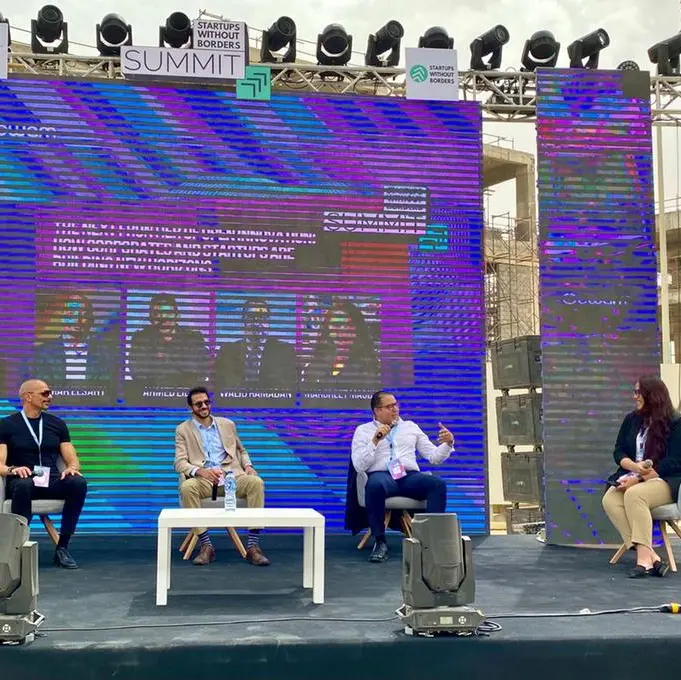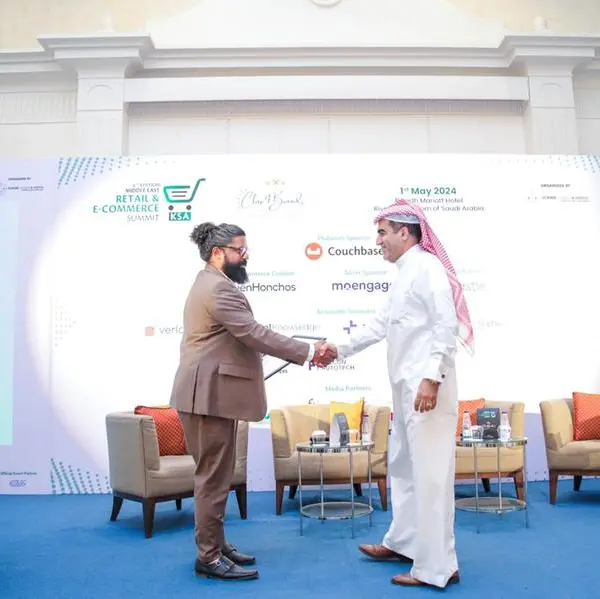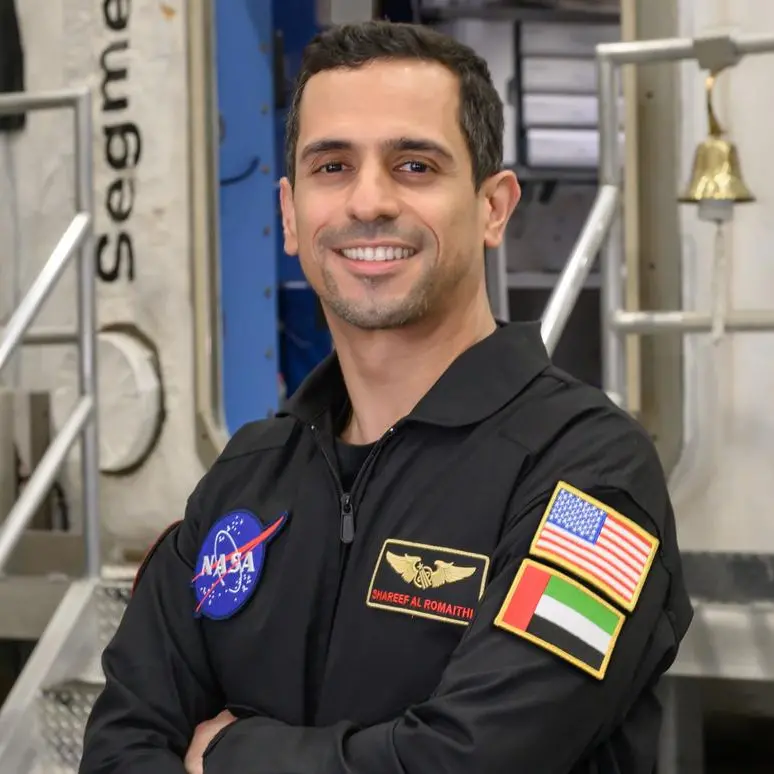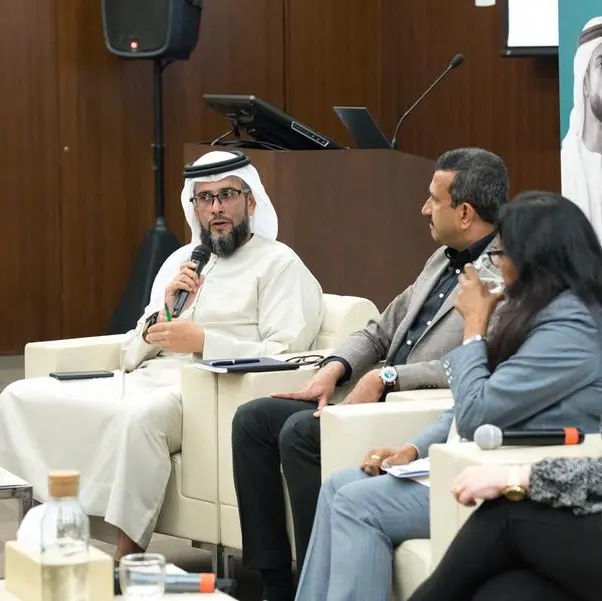PHOTO
- At massive scale across hybrid clouds and edge environments while shifting automation left into application development
Dubai, UAE — Red Hat, Inc., the world's leading provider of open source solutions, today announced Red Hat Ansible Automation Platform 2 as the company’s new standard for hybrid cloud automation. Refined for the evolving realities of computing at hybrid cloud scale, the latest version of the platform adds self-contained automation capabilities while shifting automation more deeply into the application development lifecycle.
In a study commissioned by Red Hat, 451 Research, part of S&P Global Market Intelligence, noted that respondents in its recent Voice of the Enterprise: DevOps, Organizational Dynamics survey identified the top cultural challenges of DevOps as overcoming resistance to change (35%), promoting communication between teams not accustomed to working together (34%) and breaking down silos (33%). As organization-wide collaboration becomes a priority, so does the need for product and IT teams to standardize automation practices around the needs of the business while extending automation use cases to drive greater efficiency.
Hybrid cloud-native automation for a cloud-native world
As hybrid and multicloud computing become critical IT components, IT organizations need automation platforms that can bridge traditional systems with these modern services, stretching from the enterprise datacenter to remote network edges. Ansible Automation Platform 2 is now fully restructured for a hybrid cloud-native world, making it easier for IT teams to address automation needs at scale across varied environments and systems in a standardized way. With the automation controller (formerly Ansible Tower), users can more reliably and consistently scale automation on demand, taking a systematic approach to standardizing automation practices while helping to reduce automation irregularities across the enterprise.
Further addressing the need for automation at scale across the open hybrid cloud is automation mesh within Ansible Automation Platform. The capability connects disparate automation components together and provides status checks on automation environments across the IT estate. Automation mesh is designed to connect across diverse environments with dispersed networks for more flexibility and resiliency without sacrificing security, so enterprises can better adopt and scale automation.
Shifting left: Self-contained automation for developers AND IT operations
With automation now spanning the hybrid cloud, the associated tools are no longer the domain of specialists. Both IT operations teams and developers must now be enabled as automators, but to do so requires automation technology that is easily portable, flexible and scalable to stretch across IT footprints. Ansible Automation Platform 2 helps extend the role of automator across the IT organization with its cloud-native architecture and new collaboration and developer tools for creating, testing, distributing and managing automation content.
Ansible Automation Platform 2 introduces the concept of automation execution environments (taking the place of Ansible Engine), which deliver self-contained automation spaces that can be easily replicated and repeated across an organization. This helps teams scale and speed up the delivery of automation tooling across environments while also significantly reducing the operational overhead and complexity of maintaining a standard automation platform that spans the open hybrid cloud.
Additionally, automation content navigator helps teams more quickly validate that automation content is working as it should across even the largest environments. This helps automators, from developers to sysadmins, maintain operational consistency across their systems, from developer workstations to staging platforms to production.
The automation platform for Red Hat’s open hybrid cloud and edge portfolio
Improved collaboration breaks down workflow and development silos between traditional servers and virtual machines and cloud-native clusters running Red Hat OpenShift. The Red Hat Ansible Automation Platform Operator integrates Ansible Automation Platform directly with Red Hat OpenShift, enabling smoother cloud-native deployment of automation clusters, easier management and migration of data and platform performance upgrades further cementing automation into cloud-native processes.
Red Hat is the expert in Ansible automation, which is why Red Hat Insights is well-suited to keep automation delivering optimal outcomes across the open hybrid cloud by. The service now contains the former Automation Analytics components with added features that include:
- Advisor for analyzing automation controllers against a set of recommendations from Red Hat’s deep experience in the space that assess availability, performance, stability and system security.
- Drift for creating an automation controller baseline that helps drive configuration consistency and better identify issues through historical system data analysis.
- Policies enables organizations to create unique internal policies that can identify and eliminate problem scenarios specific to their environment.
Availability
Ansible Automation Platform 2 Early Access is now available for all existing and prospective customers. Ansible Automation Platform 2.1 will be generally available in November 2021.
Supporting Quotes
Joe Fitzgerald, vice president and general manager, Ansible Business Unit, Red Hat
“We are seeing many organizations shift their automation priorities away from cost savings and towards agility and security. We are helping our customers to rapidly evolve their culture and processes, to automate at enterprise scale, some with tens of thousands of automation creators working across many teams and countries, sharing and reusing content. Red Hat’s Ansible Automation Platform 2.1 delivers the next-generation architecture, collaboration and content needed for organizations to automate across their hybrid clouds."
Jay Lyman, senior research analyst, Cloud Native and DevOps, 451 Research
“While enterprises have broken down many of the barriers between different teams, particularly development and IT operations, silos still persist. Automation can help bring together different IT teams by codifying collaboration and communication, thus bridging silos. Communities of practice – teams within organizations that have a common technical or business interest – can promote sharing of trusted automation content that helps reduce finger-pointing and drives more success.”1
1 Source: 451 Research, part of S&P Global Market Intelligence, “Driving DevOps Automation”, Jay Lyman, May 2021
Michael McCarthy, delivery architect, Production Engineering Group, Gamesys
“Our current priorities at Gamesys are scaling and becoming more geographically distributed. Being able to run containerized solutions has been difficult due to our use of virtual environments, which thus impacts our scalability. As heavy users of automation controller [formerly Ansible Tower], it’s valuable for the technology we’re already using to adapt with us. The direction of Red Hat Ansible Automation Platform enables us to execute automation in containerized environments, supporting new strategies for innovation in the business. Now, we can scale automation systematically across the enterprise with consistency and as demand requires to hit those two priorities with fewer barriers, using a platform that’s already integrated into our workflow.”
Walter Fernandes, senior manager, Global Technology Services, Bank of Nova Scotia
“The reporting provided by Ansible Automation Platform with Red Hat Insights helps management understand the level of automation maturity within teams by providing detailed reporting on automation usage. This helps management to work with all teams to build up a mature and effective automation practice across many teams as well as providing executive level reporting to demonstrate the level of automation usage across the enterprise.”
-Ends-
About Red Hat, Inc.
Red Hat is the world’s leading provider of enterprise open source software solutions, using a community-powered approach to deliver reliable and high-performing Linux, hybrid cloud, container, and Kubernetes technologies. Red Hat helps customers integrate new and existing IT applications, develop cloud-native applications, standardize on our industry-leading operating system, and automate, secure, and manage complex environments. Award-winning support, training, and consulting services make Red Hat a trusted adviser to the Fortune 500. As a strategic partner to cloud providers, system integrators, application vendors, customers, and open source communities, Red Hat can help organizations prepare for the digital future.
Forward-Looking Statements
Certain statements contained in this press release may constitute "forward-looking statements" within the meaning of the Private Securities Litigation Reform Act of 1995. Forward-looking statements provide current expectations of future events based on certain assumptions and include any statement that does not directly relate to any historical or current fact. Actual results may differ materially from those indicated by such forward-looking statements. The forward-looking statements included in this press release represent the Company's views as of the date of this press release and these views could change. However, while the Company or its parent International Business Machines Corporation (NYSE:IBM) may elect to update these forward-looking statements at some point in the future, the Company specifically disclaims any obligation to do so. These forward-looking statements should not be relied upon as representing the Company's views as of any date subsequent to the date of this press release.
Red Hat, Red Hat Enterprise Linux, the Red Hat logo, Ansible and OpenShift are trademarks or registered trademarks of Red Hat, Inc. or its subsidiaries in the U.S. and other countries. Linux® is the registered trademark of Linus Torvalds in the U.S. and other countries.
© Press Release 2021
Disclaimer: The contents of this press release was provided from an external third party provider. This website is not responsible for, and does not control, such external content. This content is provided on an “as is” and “as available” basis and has not been edited in any way. Neither this website nor our affiliates guarantee the accuracy of or endorse the views or opinions expressed in this press release.
The press release is provided for informational purposes only. The content does not provide tax, legal or investment advice or opinion regarding the suitability, value or profitability of any particular security, portfolio or investment strategy. Neither this website nor our affiliates shall be liable for any errors or inaccuracies in the content, or for any actions taken by you in reliance thereon. You expressly agree that your use of the information within this article is at your sole risk.
To the fullest extent permitted by applicable law, this website, its parent company, its subsidiaries, its affiliates and the respective shareholders, directors, officers, employees, agents, advertisers, content providers and licensors will not be liable (jointly or severally) to you for any direct, indirect, consequential, special, incidental, punitive or exemplary damages, including without limitation, lost profits, lost savings and lost revenues, whether in negligence, tort, contract or any other theory of liability, even if the parties have been advised of the possibility or could have foreseen any such damages.











